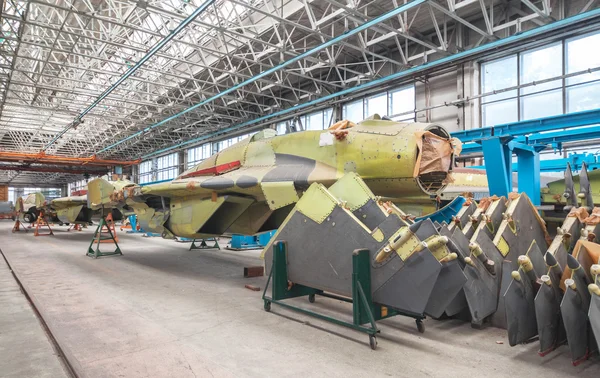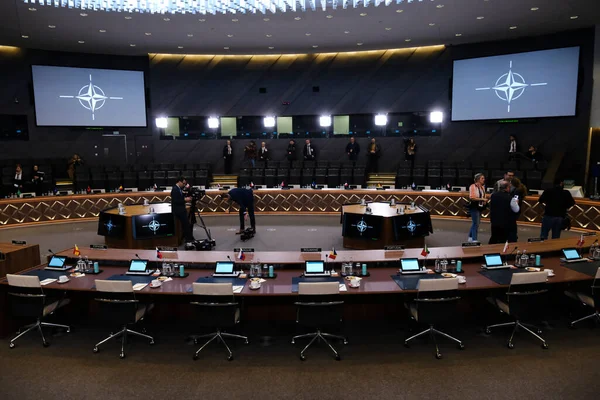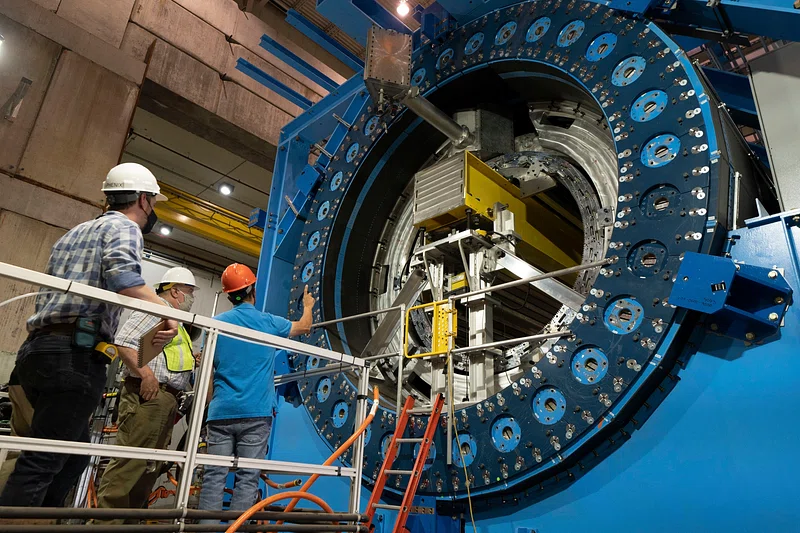
What happens when a superpower’s war machine runs on borrowed time and borrowed parts? Russia’s long war in Ukraine is laying bare the limitations of its military-industrial base and the economic scaffolding holding it together. Behind confident rhetoric from the Kremlin, there is a brittle structure-one increasingly strained by sanctions, losses in the battlefield, and dependence on foreign technology routed through shadowy supply chains.

Over the past three years, Moscow has invested unparalleled resources into sustaining its war effort, with 40 percent of the federal budget devoted to defense spending. Yet this surge has come at a steep cost: a militarized economy, chronic labor shortages, and an industrial sector struggling to keep pace with Western advances. As Ukrainian strikes intensify, and as Western allies further ratchet up economic pressure, the fissures in Russia’s war economy are deepening. The following seven developments reveal the stark vulnerabilities shaping the Kremlin’s strategic calculus.

1. A War Economy Consuming 40% of the Budget
Russia’s defense spending has reached levels unseen since the Cold War, swallowing nearly two-fifths of federal expenditures. While that budgetary prioritization has enabled the rapid expansion of drone and ammunition production, modernisation of other key systems like frontline armor has suffered for it. Rebuilding its forces to confront NATO in a decade, as the Kremlin has vowed, will mean replacing heavy equipment, retraining troops, and restocking depleted stockpiles all without resorting to a full wartime economy that might spur domestic unrest.
The strain is showing in the labor market, where over 70 percent of Russian firms report shortages, compounded by the more than 219,000 working-age men lost on the battlefield. Constraints like these, along with a defense budget that is forecast to flatten by 2026, suggest that the pace of militarisation cannot be maintained much longer.

2. Ukrainian Strikes on Energy Infrastructure
Beginning in August 2025, Ukraine launched an extensive air campaign against Russian oil refineries, gas plants, and fuel depots, cutting deeply into revenues financing the war. In a recent report, the International Energy Agency forecast that refinery processing rates will remain suppressed at least until mid-2026. Fuel shortages have already made drivers queue for hours in many regions.
Besides the reduction in export earnings, the strikes have also created domestic price spikes, adding to public dissatisfaction. The pressure on Russia’s energy lifeline is probably going to increase with Kyiv working on a new generation of long-range missiles, further undermining fiscal stability in the Kremlin.

3. Sanctions and the Shadow Supply Chain
Western controls have therefore targeted top-tier dual-use items, including semiconductors and optical systems, in order to degrade the military capability of Russia. Yet Moscow has circumvented such restrictions, securing 98 percent of its critical components through third countries, utilizing intermediaries in states like China, Türkiye, and the UAE. As U.S. Commerce Secretary Gina Raimondo noted, Ukrainian forces have found Russian equipment “filled with semiconductors that they took out of dishwashers and refrigerators.”
These so-called omni-use technologies, installed in consumer items, are more difficult to police than traditional military equipment. Russia’s Orlan-10 drone features chips from Texas Instruments and STMicroelectronics, components designed for HVAC systems and weather stations, respectively.

4. Innovation Stagnation in the Defense Industry
Despite record spending, Russia’s military-industrial base is regressing. Analysts such as Mathieu Boulègue have noted that production is ever more dependent upon Soviet-era designs, with domestic R&D suffering from ‘innovation stagnation’. Import substitution has not matched the quality and quantity of Western components, forcing the simplification of designs and acceptance of poorer performance standards.
While such output might be “good enough” to sustain the war in Ukraine, it leaves Russia ill-equipped to match the technological advances of NATO or China over the long term. The West’s strategic objective, Boulègue argues, should be to deepen this degradation, creating conditions for further decline.

5. Tax Hikes and Civilian Squeeze
To finance an estimated $100 billion budget deficit in 2026, the Kremlin will increase VAT from 20 to 22 per cent and cut the revenue threshold for small businesses to qualify for the simplified taxation. This places the burden directly onto ordinary people and small entrepreneurs, which serves to finance the war by reducing consumer purchasing power.
The result is a two-speed economy: war-related sectors thrive, while the civilian industries-from automotive manufacturing to IT-suffer under sanctions, high interest rates, and restricted access to capital. This imbalance cements structural vulnerabilities that will be hard to overcome, even after hostilities have ceased.

6. Labour Shortages and Demobilisation Risks
Today, the defence industry employs an estimated 3.8 million Russians, many of them in certain regions and single-industry towns. Unemployment has fallen to a record low of 2.2 per cent, and there is no slack in the labour market. The sudden demobilisation of 400,000 contract soldiers following the end of the war could push unemployment up by as much as 0.5 percentage points, without fixing shortages of skilled specialists.
Retraining combat veterans for civilian roles will require real investment, but state subsidies are already strained by falling revenues. The Kremlin has political incentives for delaying reintegration, too, wary of the social and economic disruptions it could trigger.

7. Strategic Vulnerability to Coordinated Pressure
Western policymakers sense an opportunity to take advantage of that exposed position: Alexandra Prokopenko writes in Foreign Affairs that export controls on semiconductors, optics, and machine tools need to be further tightened, along with further constraints on oil revenues and the targeting of alternative supply chains. Polish Foreign Minister Radosław Sikorski has argued that “the war will likely end the way World War I ended. One side or another will run out of resources to carry on.” Because Ukraine’s allies hold vastly superior economic resources, coordinated actions could deplete Russia’s war chest much more rapidly.

The challenge will be to sustain the pressure long enough to force a strategic recalculation in Moscow without undermining the political will in Western capitals. The Russian war economy has proved adaptable, but adaptability is not a synonym for resilience. Battlefield attrition, technological dependence, and economic overextension are wearing away the foundations of the Kremlin’s military power. Each of these vulnerabilities, systematically exploited-could hasten the point at which the war becomes unsustainable. So far, the brittle machinery grinds on, but its endurance is far from assured.

